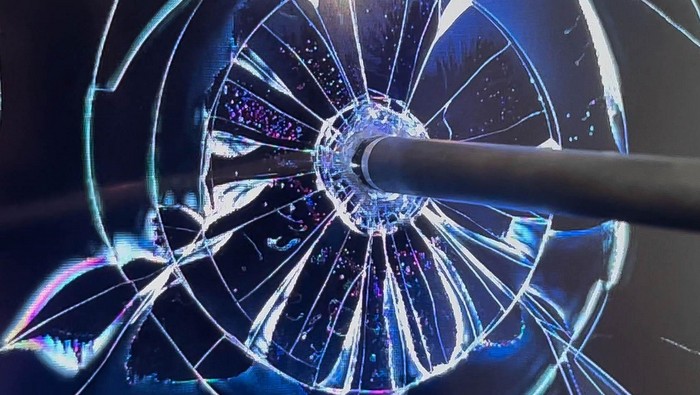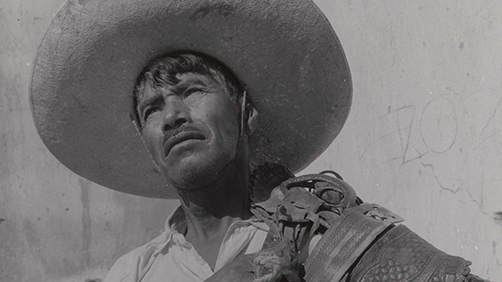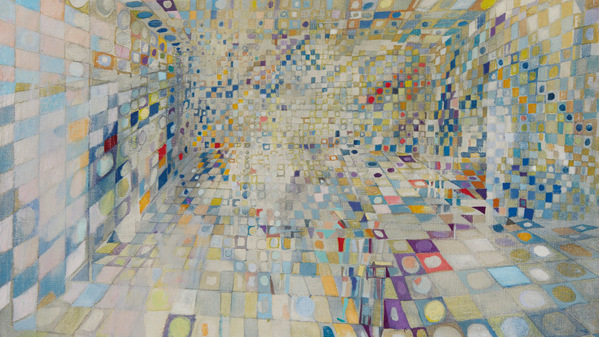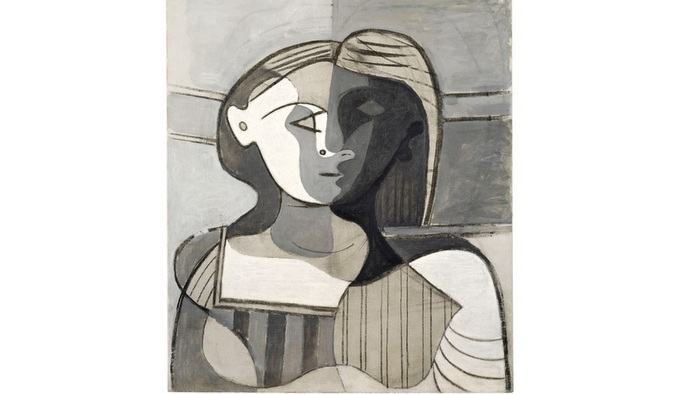With Becoming Mexico, the museum traces the deep roots of the genre with the striking photojournalistic work that captured the country’s national identity featuring more than thirty of Manuel Carrillo’s gelatin silver prints. Carrillo’s photographs serve as a celebration of the human spirit. These photographs are part of the museum’s permanent collection.
Manuel Carrillo (1906-1989) began his quest in 1955 to capture indigenous Mexico with his camera, portraying his country and its people as it truly was without any colonial or outside influences. Carrillo firmly believed in Mexicanidad, a cultural movement during the 1920s led by influential writers, photographers and artists following Mexico’s Revolution. Carillo’s street photography documented the everyday life, local rituals and practices of campesinos, indios, and mestizo men, women and children in Mexico. For the artist and his subjects, Carrillo’s photographs forged a national identity. He photographed during an era when peasants wore traditional dress, men wore huarache sandals and women wore their rebozo shawl. His subjects are proud, strong and optimistic ̶ but his photographs also reflect the despair of impoverished rural communities.
“We are delighted to present these two exhibitions that pinpoint very different periods in Mexico’s history of photography,” said Director of Frost Art Museum FIU, Dr. Jordana Pomeroy. “It is fascinating to see how photography can not only document but actually define and shape the identity of a country. Through his camera, Manuel Carrillo captured the rapidly changing character of his country, from a rural to an industrialized nation. Fast forward, more than half century later, and we see how contemporary artists in Mexico are using the medium from an entirely different perspective by illustrating worlds of possibilities.”
Related Publications
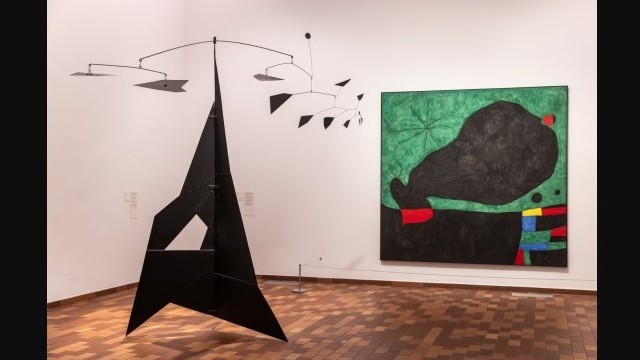
Fundació Joan Miró Presents Miró and the United States
December 24, 2025